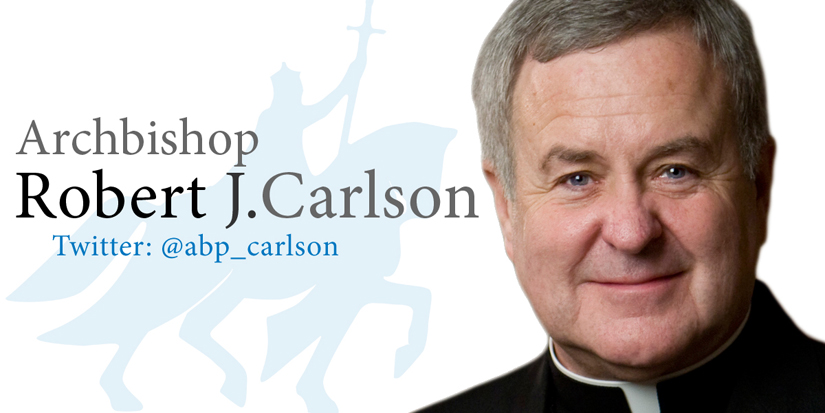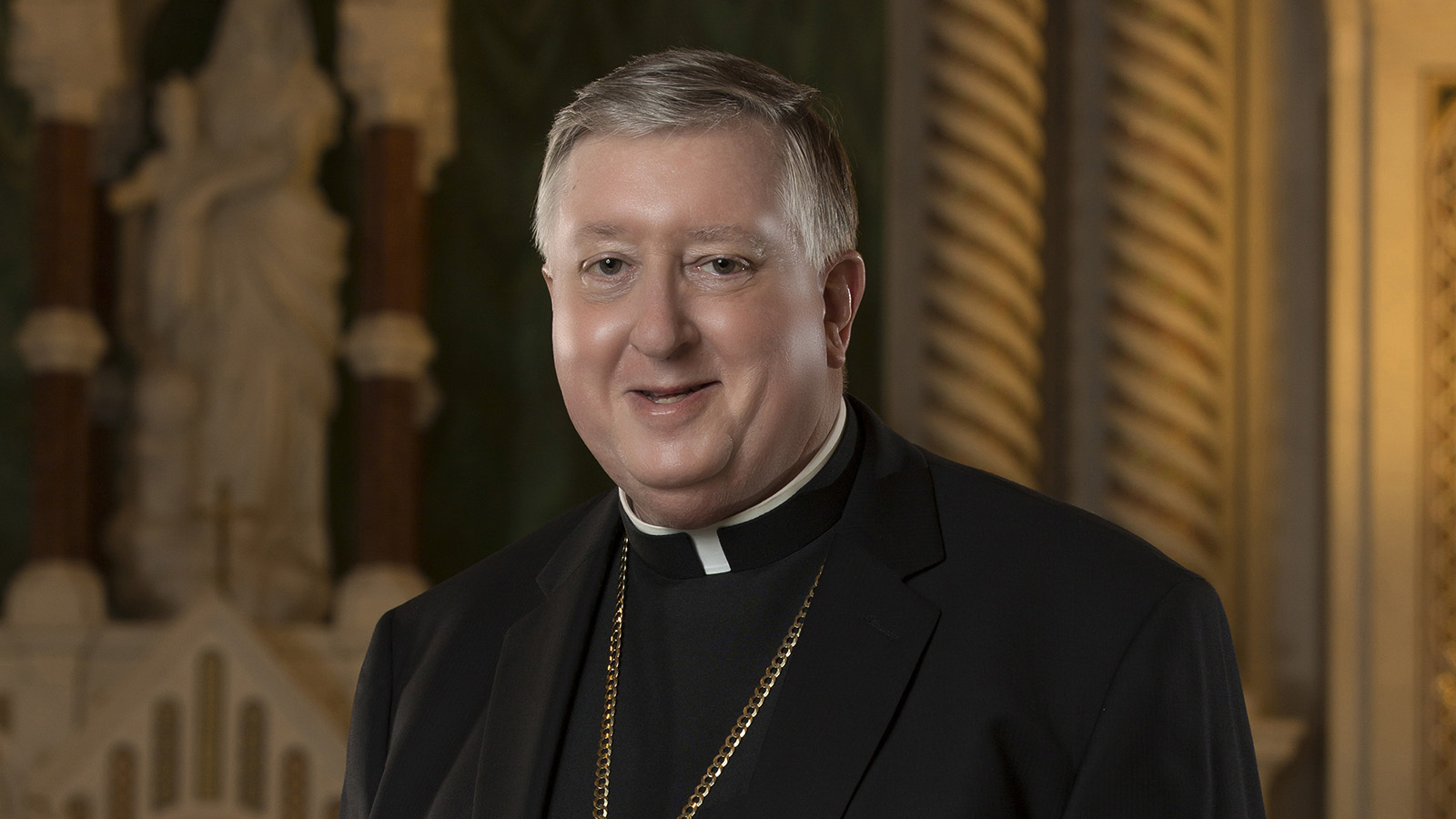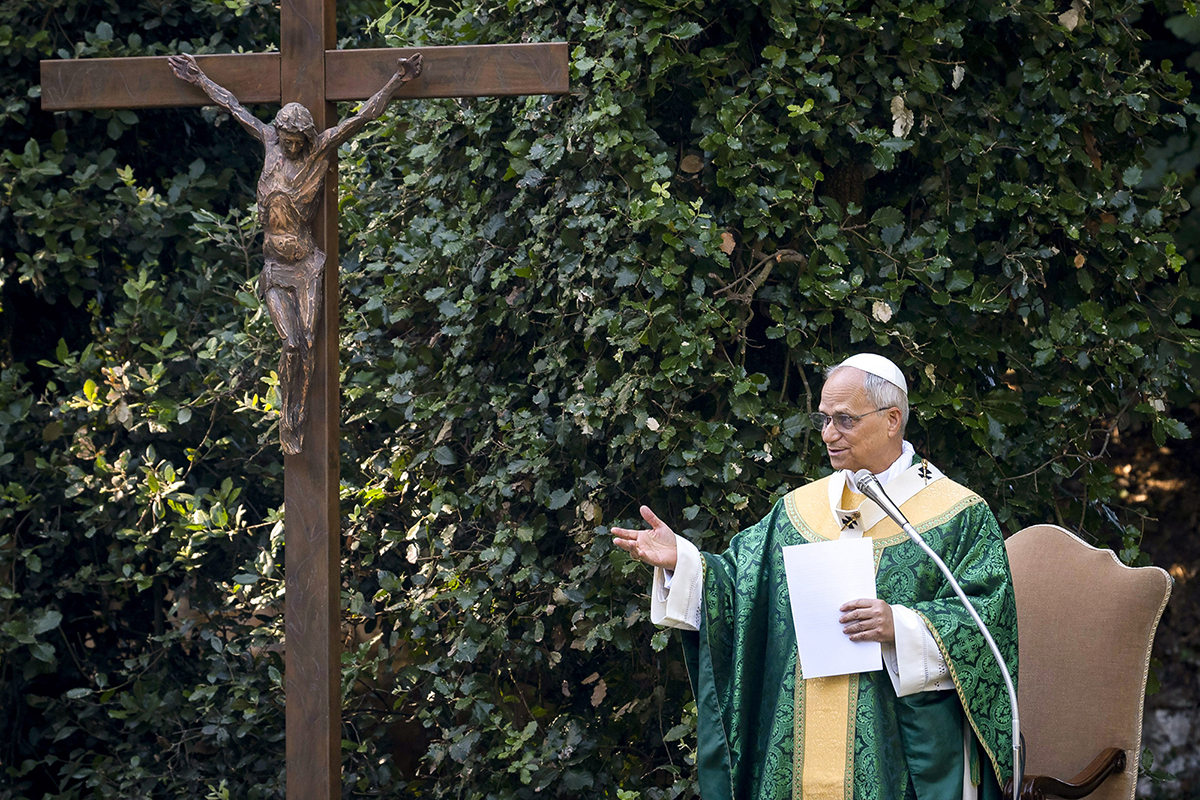BEFORE THE CROSS | Living images of the Gospel show Jesus to the world

What’s the value of an image?
The image of Our Lady of Guadalupe gives one answer. Between 1531 and 1538 approximately 8 million Mexicans came to believe in Jesus — strengthened, in no small part, by this image of Mary. An image can indeed change the world.
Blessed John Henry Newman gives another answer. Newman distinguished between notional and real assent. Notional assent is when you believe something with your mind but it doesn’t shape your actions; real assent is when you believe something and your belief expresses itself in action. Newman thought that the difference between the two was the presence of an image: a picture or an experience that shows the significance of the belief, and therefore moves us to act on it.
The Catechism of the Catholic Church gives another answer: “Christian iconography expresses in images the same Gospel message that Scripture communicates by words. Image and word illuminate each other” (CCC 1160). Newspaper, television and social media show how important images are. But the Church’s defense of images as a means for presenting the Gospel is ancient, going back to the Second Council of Nicaea in the year 787.
Images are a specialty of Pope Francis, too. In audiences or homilies, he uses a lot of images. In one set of audiences, he spoke of wells that irrigate the desert, nighttime and sunrise, a runaway train, the little flame of faith that burns in our hearts and the cold and darkness we experience without Jesus. Not only does he use images when he speaks, he provides images when he acts. He’s famous for seeking out and embracing people with physical disabilities, and there are many moving images of him doing so.
Let me say this carefully, so as not to be misunderstood: Doctrines are important. A correct formulation of doctrines shapes our action in accordance with the truth of the faith. We can’t minimize the importance of that.
But in a culture driven by images, evangelization also requires a great deal of time and energy on creating images of the Gospel that show Jesus Christ to the world. Just as we translate the Gospel into different languages so people understand it, we need to translate the Gospel into living images so people will be moved by it.
And that presents a challenge to us. As Catholics we have a long history of trying to fit in. We need to change that. Given the percentage of people who go to church, your lives and my life might be the only Gospel many people ever see or hear. Do our lives provide living images of Christ’s love that stand out against the cultural background? Or are we cultural chameleons, simply blending into the background wherever we go?
As we celebrate the feast of Our Lady of Guadalupe this week (Dec. 12), let’s answer this question: How do we make our lives living images of Jesus’ love and the truth of the Gospel?
RELATED ARTICLE(S):FRENTE A LA CRUZ | Las imágenes vivientes del Evangelio le muestran a Jesús al mundo
What’s the value of an image? The image of Our Lady of Guadalupe gives one answer. Between 1531 and 1538 approximately 8 million Mexicans came to believe in Jesus — … BEFORE THE CROSS | Living images of the Gospel show Jesus to the world
Subscribe to Read All St. Louis Review Stories
All readers receive 5 stories to read free per month. After that, readers will need to be logged in.
If you are currently receive the St. Louis Review at your home or office, please send your name and address (and subscriber id if you know it) to subscriptions@stlouisreview.com to get your login information.
If you are not currently a subscriber to the St. Louis Review, please contact subscriptions@stlouisreview.com for information on how to subscribe.




